Mercedes Benz car Fan
Mercedes Benz car Fan Specification
- Finish
- Good
- Weight
- 5.5 Kilograms (kg)
- Warranty
- 1 yers
- Model No
- 2018
- Color
- Black
Mercedes Benz car Fan Trade Information
- Minimum Order Quantity
- 1 Box
- Supply Ability
- Box
- Packaging Details
- cardboard box and cover with sack
- Main Export Market(s)
- Asia, Australia, Central America, North America, South America, Eastern Europe, Western Europe, Middle East, Africa
- Main Domestic Market
- South India
About Mercedes Benz car Fan
The fan in a Mercedes-Benz vehicle is a critical component of the engine cooling system. It ensures that the engine operates within the optimal temperature range by facilitating airflow through the radiator. Here�s an overview of the fan system in Mercedes-Benz cars:
1. Function of the Cooling Fan:
- Primary Role: The cooling fan helps maintain the engine's temperature by pulling air through the radiator when the vehicle is stationary or moving at low speeds. This airflow helps dissipate heat from the engine coolant, preventing the engine from overheating.
- Types of Fans: Mercedes-Benz vehicles may use either an electric cooling fan or a mechanical fan driven by the engine.
2. Types of Cooling Fans:
- Electric Cooling Fan: Most modern Mercedes-Benz vehicles are equipped with electric cooling fans. These fans are controlled by the engine�s electronic control unit (ECU) and turn on when the engine reaches a certain temperature or when the air conditioning is in use. They offer precise control over cooling and are more efficient.
- Mechanical Cooling Fan: Some older Mercedes models might have a mechanical fan driven by a belt connected to the engine. These fans operate continuously but vary in speed based on engine RPM.
3. Fan Clutch:
- Function: In vehicles with a mechanical fan, the fan clutch is a temperature-sensitive component that regulates the fan's speed based on engine temperature. When the engine is cold, the fan clutch disengages to reduce drag on the engine, improving fuel efficiency. As the engine warms up, the fan clutch engages to increase cooling.
- Symptoms of a Faulty Fan Clutch: A failing fan clutch can cause the engine to overheat or produce a loud, constant fan noise.
4. Radiator Fan Assembly:
- Components: The radiator fan assembly typically includes the fan blades, motor, shroud, and sometimes the fan clutch (for mechanical fans). The shroud helps direct airflow through the radiator, improving cooling efficiency.
- Electric Fan Motors: The motor drives the electric fan and is controlled by the ECU. If the motor fails, the fan won�t operate, leading to potential overheating.
5. Auxiliary Fans:
- Purpose: Some Mercedes-Benz models are equipped with auxiliary fans, particularly in vehicles with air conditioning. These fans assist the main cooling fan by providing additional airflow, especially when the AC is in use or during high-temperature conditions.
- Operation: Auxiliary fans typically activate when the engine temperature exceeds a certain threshold or when the air conditioning system is engaged.
6. Common Issues and Maintenance:
- Overheating: If the cooling fan fails, the engine may overheat, especially in traffic or hot weather. This can lead to serious engine damage if not addressed promptly.
- Fan Noise: Unusual noises, such as squealing or grinding, can indicate a problem with the fan motor, blades, or clutch. These issues should be inspected and repaired to avoid cooling system failure.
- Regular Inspection: It's important to inspect the cooling fan and related components during routine maintenance. Checking for any signs of wear, damage, or electrical issues can prevent overheating problems.
7. Replacement and Upgrades:
- OEM vs. Aftermarket: When replacing a cooling fan, using OEM parts ensures compatibility and performance. However, aftermarket fans may be available, offering similar performance at a lower cost.
- Upgrades: Some performance-oriented Mercedes owners may upgrade to more powerful or efficient fans to enhance cooling, especially if the vehicle has been modified for increased power.

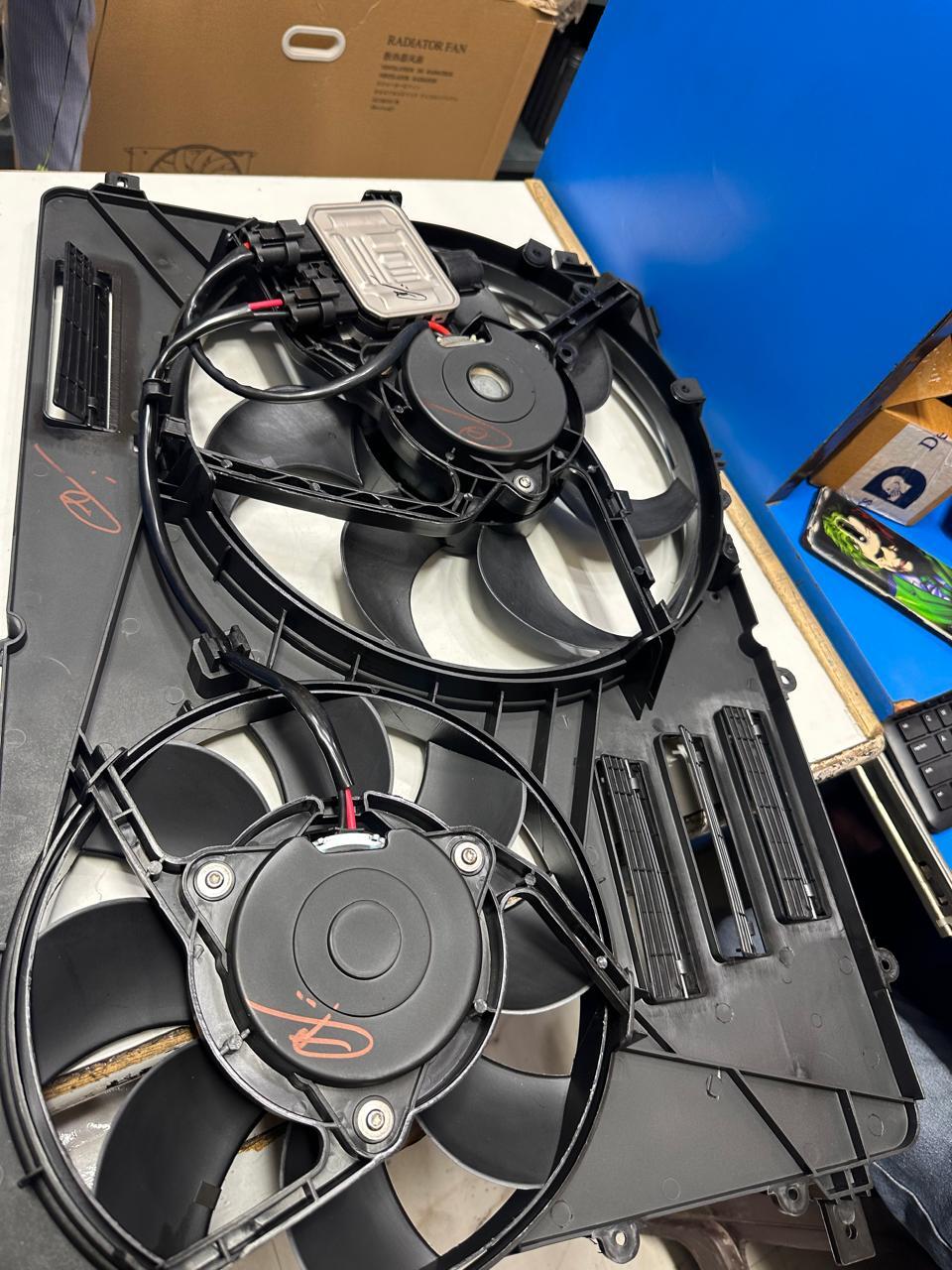

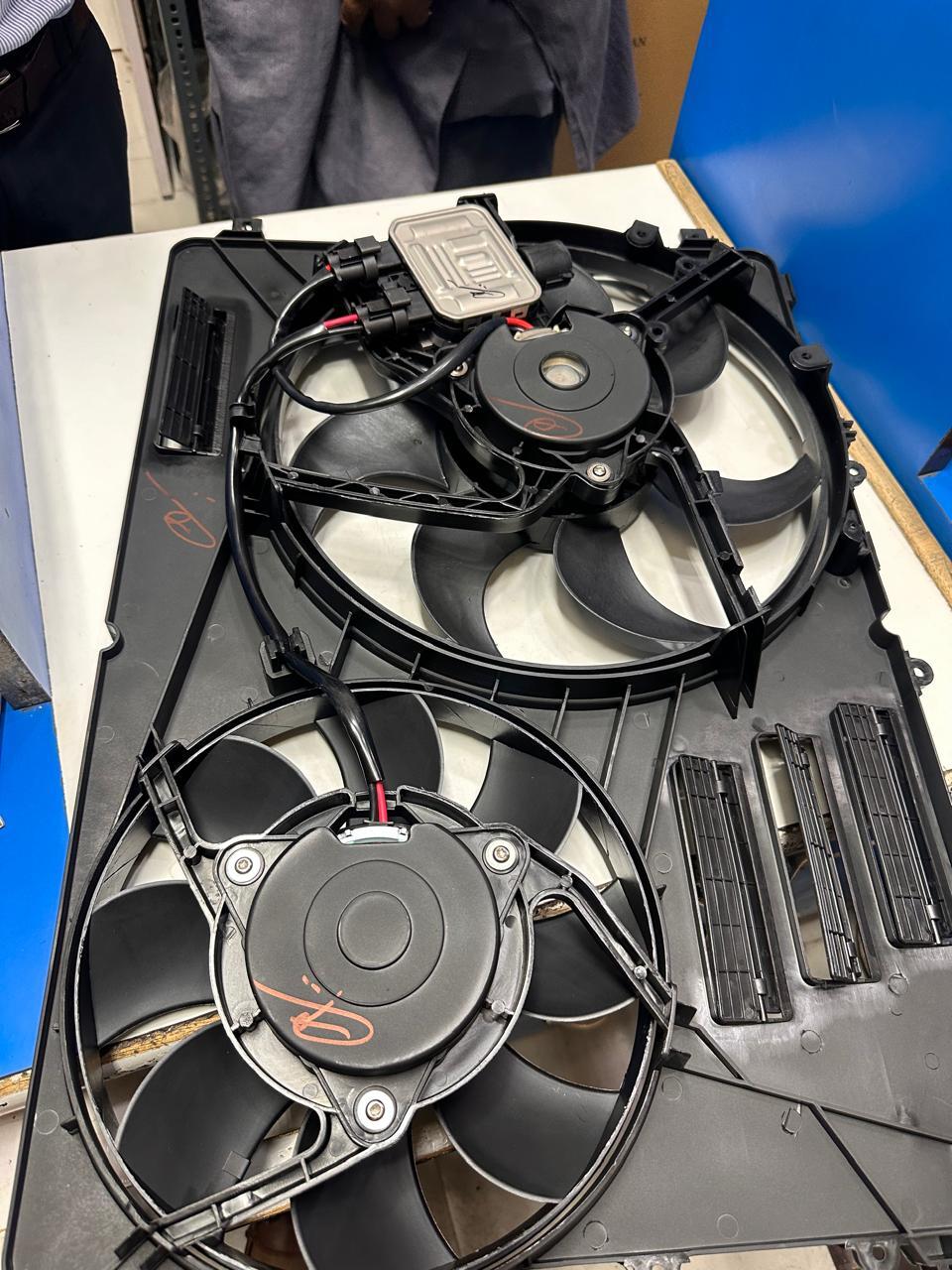
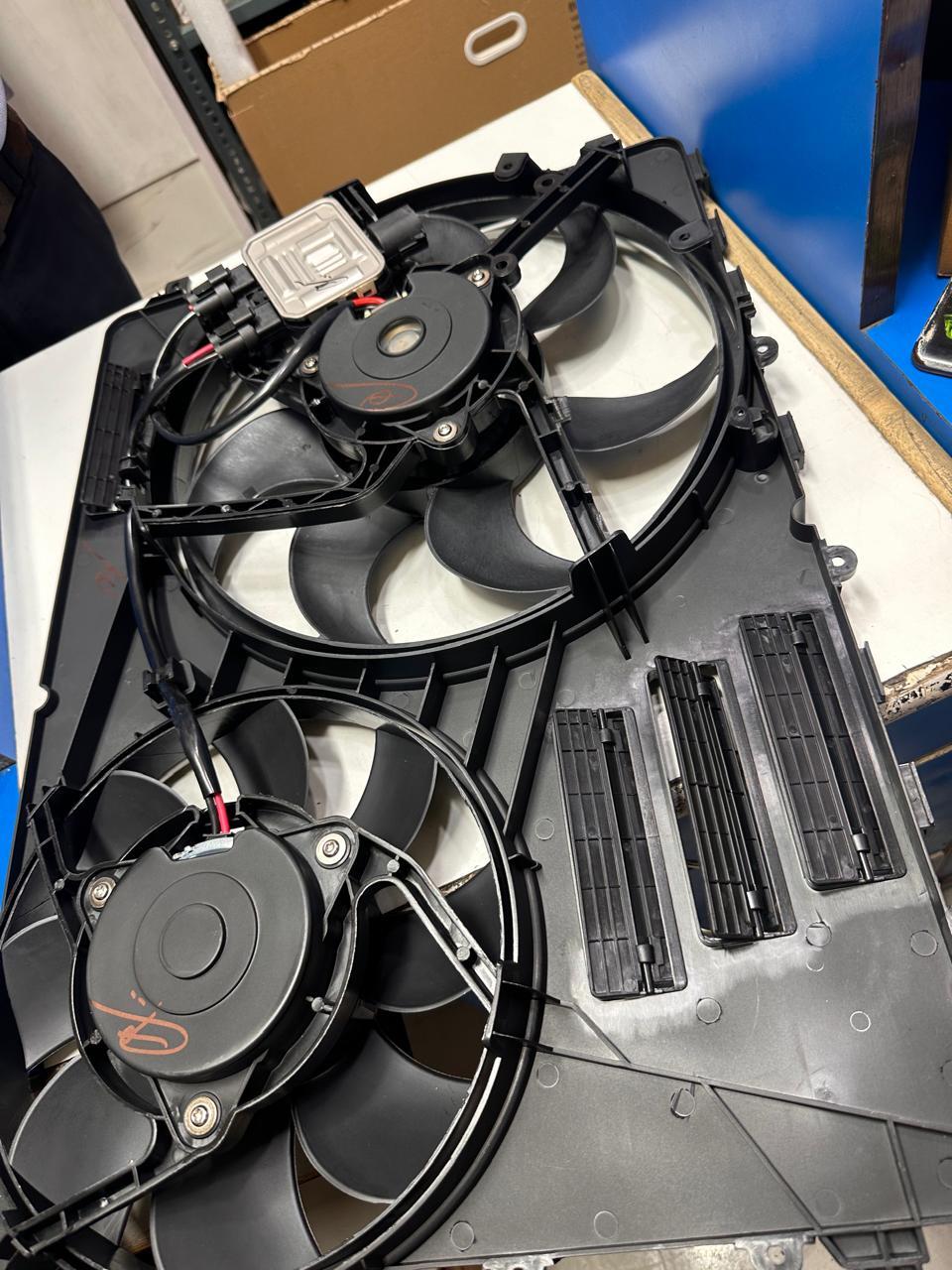
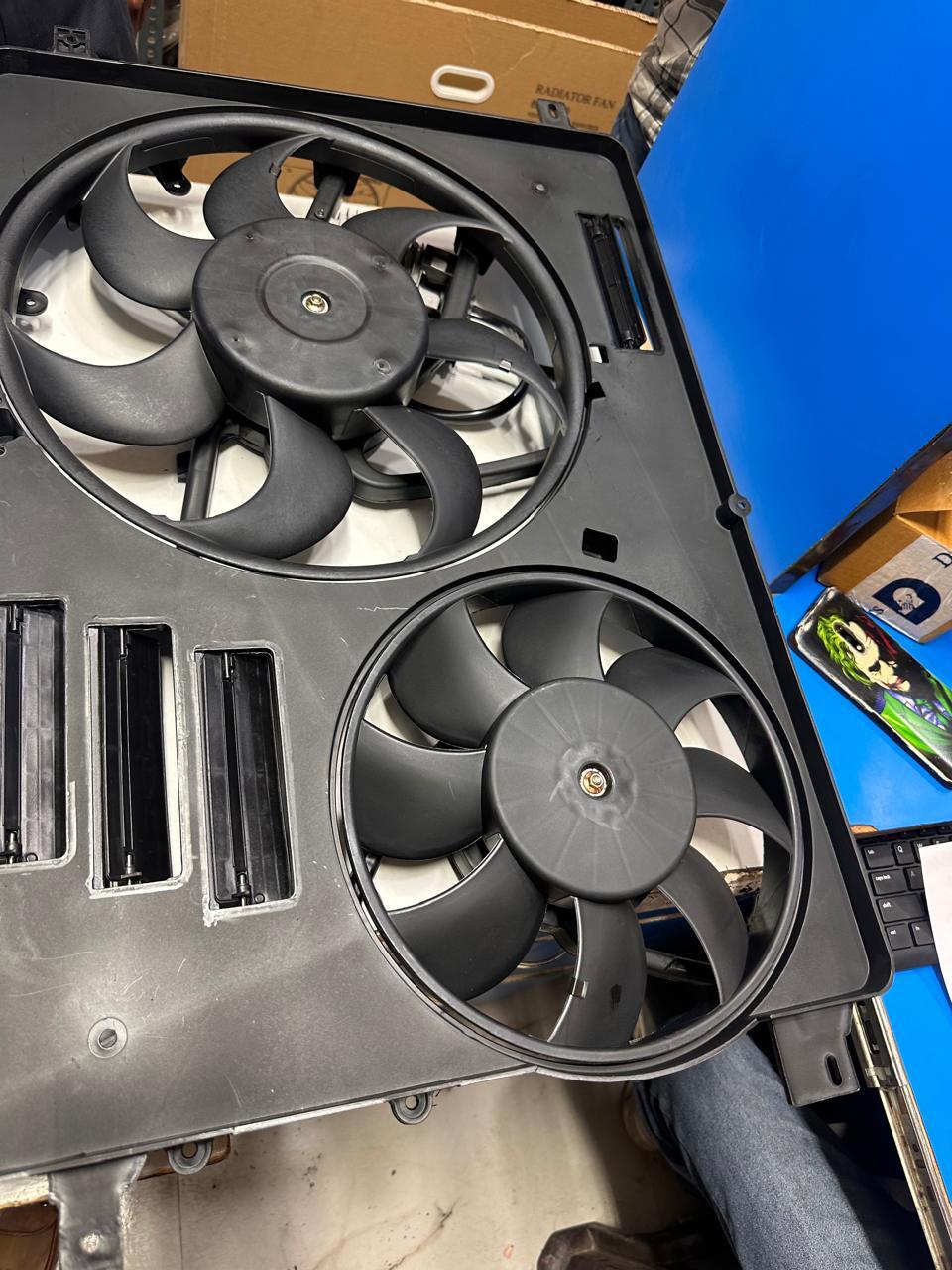
- Minimum Order Quantity
- 1 Box
- Supply Ability
- 9532499 Boxes
- Main Domestic Market
- South India
- Main Export Market(s)
- Asia, Australia, Central America, North America, South America, Eastern Europe, Western Europe, Middle East, Africa

Price:
- 50
- 100
- 200
- 250
- 500
- 1000+
More Products in Car Radiator Fan Category
Mercedes ML 350 W164 ML164 Radiator Fan OEM 1645000593
Price Range 14500.00 - 15250.00 / Piece
Minimum Order Quantity : 15 Pieces
Material : Plastic
Product Type : Mercedes ML 350 W164 ML164 Radiator Fan OEM 1645000593
Warranty : Working
Working Life : Long Years
Car Radiator Fan
Price Range 4500.00 - 12500.00 / Piece
Minimum Order Quantity : 15 Pieces
Material : Plastic
Product Type : Car Radiator Fan
Warranty : Working
Working Life : Long Years
Audi A4 A6 A8 Radiator Fan Assembly
Minimum Order Quantity : 1 Piece
Material : Plastic
Product Type : Audi A4 A6 A8 Radiator Fan Assembly
Warranty : Working
Working Life : Long Years
Radiator Fan
Price Range 12500.00 - 15500.00 / Piece
Minimum Order Quantity : 15 Pieces
Material : Plastic
Product Type : ML 164 Radiator Fan
Warranty : 1 yers
Working Life : 5 yers


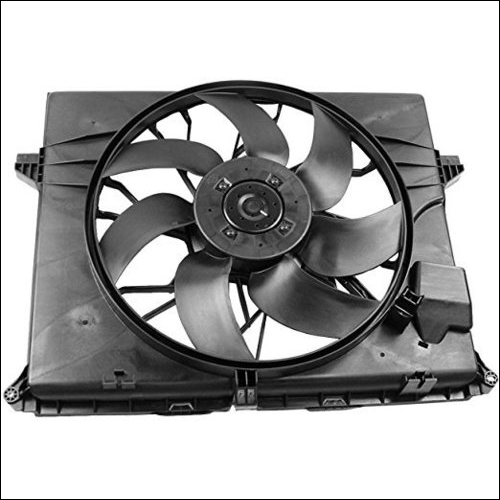


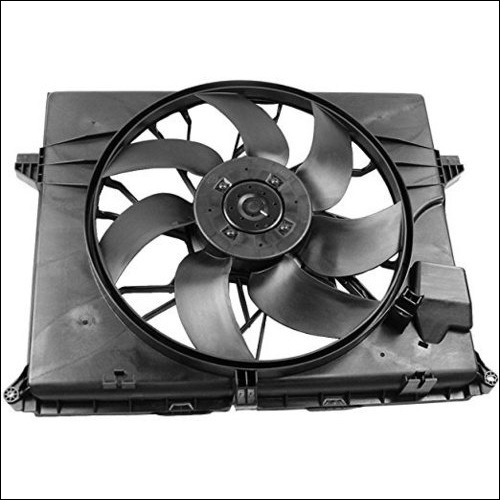
 Send Inquiry
Send Inquiry Send SMS
Send SMS
